Introduction
Mantou, a staple food in Chinese cuisine, is a type of steamed bun made primarily from flour, water, yeast, and sometimes a pinch of salt. Its soft, fluffy texture and mild flavor make it a perfect accompaniment to various dishes, from hearty stews to light salads. While mantou may seem like a basic food item, achieving the perfect balance of texture and taste can be a delicate art. In this guide, we will explore how to steam fresh mantou that are not only delicious but also easy to make. Whether you’re a seasoned chef or a home cook new to the world of mantou, this article will provide you with step-by-step instructions, tips, and tricks to ensure your mantou are a hit at the dinner table.
Section 1: Understanding the Ingredients
Before diving into the recipe, it’s crucial to understand the role each ingredient plays in creating the perfect mantou.
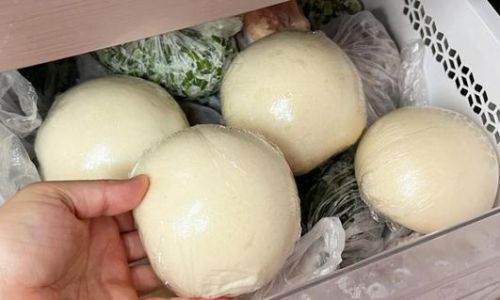
1 Flour
The foundation of any mantou is high-quality flour. All-purpose flour is a good choice for beginners as it provides a balance between gluten strength and softness. However, for those aiming for an even softer texture, you might consider using a blend of all-purpose and cake flour. The gluten in flour gives structure to the dough, while the starches contribute to the softness.
2 Water
Water is essential for activating the yeast and forming the dough. The amount of water you use can affect the final texture of your mantou. Too much water can make the dough sticky and difficult to handle, while too little can result in a dense, dry final product. The key is to find the right balance, which usually means adding water gradually until you achieve a smooth, elastic dough.
3 Yeast
Yeast is the magic ingredient that gives mantou their fluffy texture. Active dry yeast is the most commonly used type in home baking. It needs to be activated in warm water (not too hot, as this can kill the yeast) before being incorporated into the dough. The yeast ferments the sugars in the dough, producing carbon dioxide gas that makes the mantou rise.
4 Sugar
A small amount of sugar is often added to the dough for two reasons: it provides food for the yeast, helping it to ferment more efficiently, and it enhances the overall flavor of the mantou. However, be cautious not to add too much sugar, as this can interfere with the yeast’s activity.
5 Salt
Salt is a crucial ingredient that enhances flavor and controls the fermentation process. It also strengthens the gluten in the dough, contributing to a better structure.
6 Oil (Optional)
Adding a small amount of oil to the dough can make the mantou softer and smoother. It also helps to prevent the dough from sticking to your hands or work surface.
Section 2: Preparing the Dough
Now that we understand the ingredients, let’s move on to the actual preparation of the dough.
1 Activating the Yeast
Begin by activating the yeast. In a small bowl, combine warm water (around 110°F or 45°C) with a pinch of sugar and a packet of active dry yeast. Stir gently and let it sit for about 5-10 minutes until frothy and bubbly. This indicates that the yeast is active and ready to use.
2 Mixing the Ingredients
In a large mixing bowl, combine the flour, a pinch of salt, and a tablespoon of sugar. Create a well in the center and pour in the activated yeast mixture. Gradually add more water, a little at a time, mixing with a wooden spoon or your hands until a shaggy dough forms.
3 Kneading the Dough
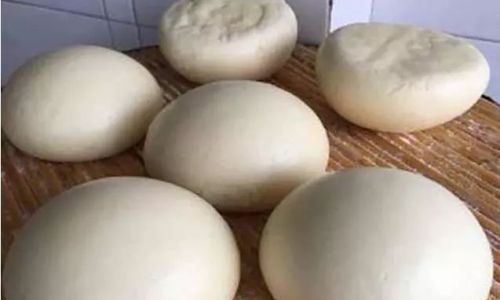
Transfer the dough to a lightly floured surface and knead for about 8-10 minutes. Kneading helps to develop the gluten in the dough, giving it elasticity and strength. The dough should feel smooth and slightly tacky but not sticky. If it’s too sticky, add a little more flour; if it’s too dry, add a teaspoon of water.
4 First Fermentation
Place the kneaded dough in a lightly oiled bowl, cover with a damp cloth or plastic wrap, and let it rise in a warm, draft-free place for about 1-2 hours, or until it has doubled in size. This first fermentation is crucial for developing the flavor and texture of the mantou.
Section 3: Shaping the Mantou
Once the dough has risen, it’s time to shape the mantou.
1 Punching Down the Dough
Gently punch down the risen dough to release any air bubbles. This step helps to prevent the mantou from collapsing during the second fermentation.
2 Dividing and Shaping
Transfer the dough to a lightly floured surface and divide it into equal portions. The size of each portion will depend on how large you want your mantou to be. Shape each portion into a smooth ball by cupping your hands around the dough and rotating it gently on the work surface.
3 Second Fermentation
Place the shaped mantou on a lightly oiled or parchment-lined baking sheet, spacing them slightly apart. Cover them with a damp cloth or plastic wrap and let them rise again for about 30-45 minutes, or until they have puffed up and look slightly larger.
Section 4: Steaming the Mantou
Now that the mantou are ready, it’s time to steam them.
1 Preparing the Steamer
Fill a large pot or steamer with water and bring it to a boil. If you’re using a bamboo steamer, make sure the bottom is lined with parchment paper or a silicone mat to prevent sticking. If you’re using a metal steamer basket, lightly oil it to prevent sticking.
2 Arranging the Mantou
Carefully place the fermented mantou in the steamer, making sure they are not touching each other. If you’re using a multi-tiered steamer, space the tiers so that they don’t touch and ensure there’s enough room for steam to circulate.
3 Steaming the Mantou
Cover the steamer and reduce the heat to medium-low. Steam the mantou for about 12-15 minutes, or until they are cooked through and have a soft, fluffy texture. Avoid opening the steamer lid during this time, as the sudden drop in temperature can cause the mantou to collapse.
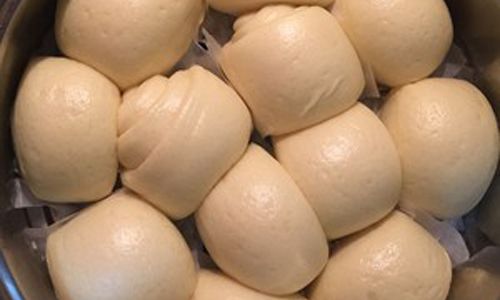
4 Removing the Mantou
Once the mantou are cooked, carefully remove them from the steamer using tongs or a spatula. Place them on a wire rack to cool slightly. This prevents condensation from making the bottoms soggy.
Section 5: Tips and Tricks for Perfect Mantou
While the basic recipe is straightforward, there are a few tips and tricks that can help you achieve the perfect mantou.
1 Temperature Control
Yeast is sensitive to temperature. The water used to activate the yeast should be warm but not hot. Similarly, the dough should rise in a warm, draft-free environment. Avoid placing it near direct heat sources, as this can kill the yeast.
2 Kneading Technique
Kneading is a crucial step that cannot be rushed. The more you knead, the better the gluten development, which results in a softer, more elastic dough. However, over-kneading can make the dough tough, so be mindful of the time and feel of the dough.
3 Moisture Control
The dough should be neither too wet nor too dry. If it’s too wet, it will be sticky and difficult to shape. If it’s too dry, the mantou will be dense and heavy. Adjust the amount of water gradually until you achieve the right consistency.
4 Steaming Time
The steaming time can vary depending on the size of the mantou and the power of your steamer. It’s best to check the mantou for doneness by gently pressing on them. They should feel soft and springy to the touch.
5 Cooling
Let the mantou cool slightly before serving. This allows the steam to dissipate and the texture to firm up slightly, making them easier to handle and enjoy.
Conclusion
Steaming fresh mantou may seem like a daunting task, but with the right ingredients, technique, and a bit of patience, you can achieve delicious, fluffy mantou that are sure to impress. Remember, the key to success lies in understanding the role of each ingredient, proper dough preparation, shaping, and steaming. With practice, you’ll soon be able to make mantou that rival those found in your favorite Chinese bakery. So, why wait? Gather your ingredients, roll up your sleeves, and start steaming! Your taste buds will thank you.
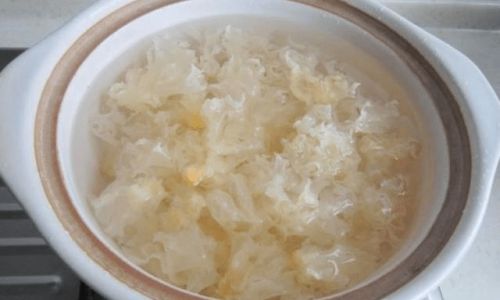
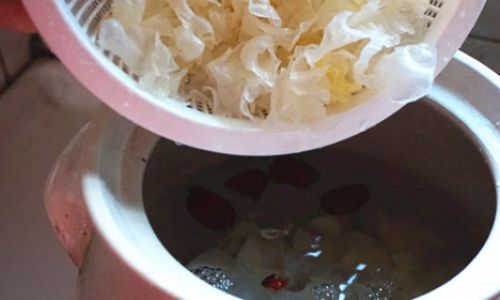
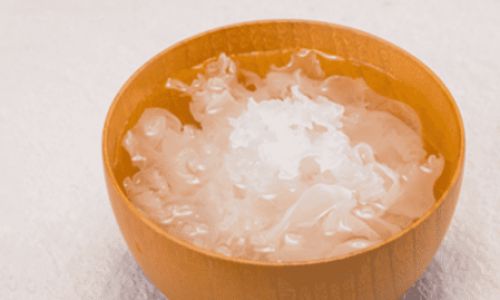

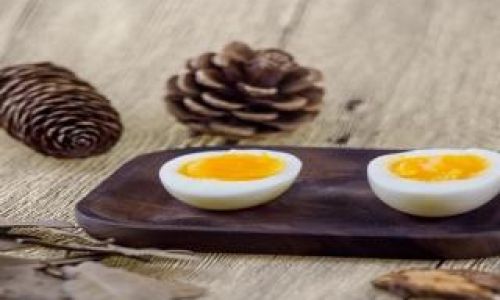
0 comments